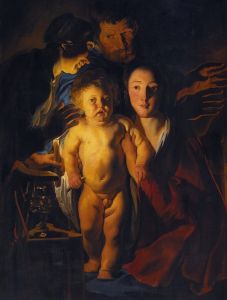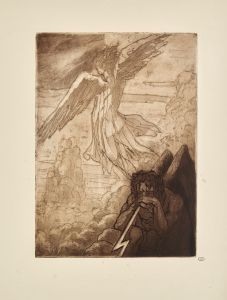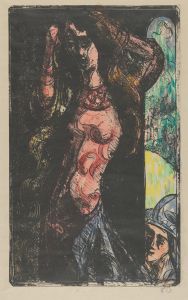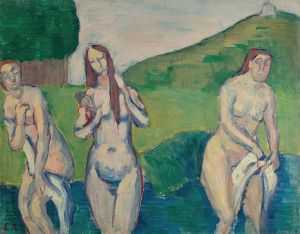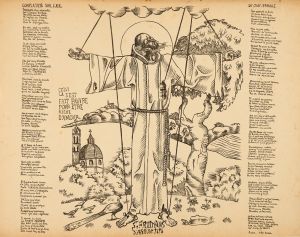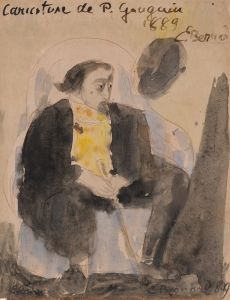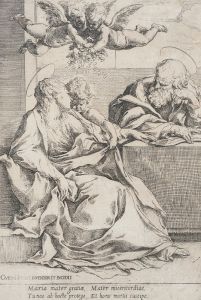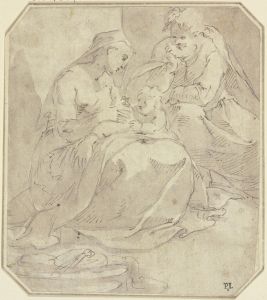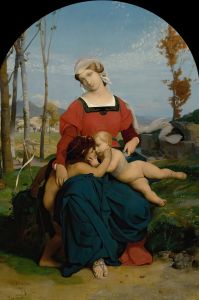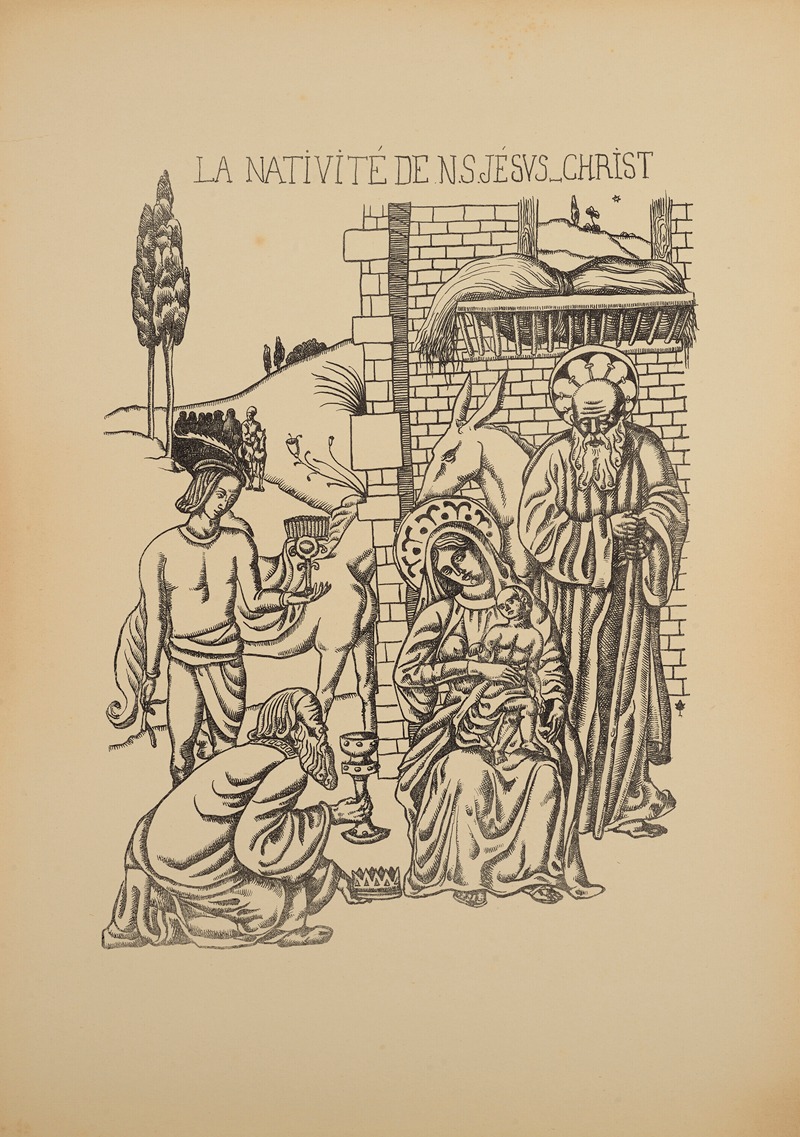
La Nativité de N.S. Jésus-Christ
A hand-painted replica of Emile Bernard’s masterpiece La Nativité de N.S. Jésus-Christ, meticulously crafted by professional artists to capture the true essence of the original. Each piece is created with museum-quality canvas and rare mineral pigments, carefully painted by experienced artists with delicate brushstrokes and rich, layered colors to perfectly recreate the texture of the original artwork. Unlike machine-printed reproductions, this hand-painted version brings the painting to life, infused with the artist’s emotions and skill in every stroke. Whether for personal collection or home decoration, it instantly elevates the artistic atmosphere of any space.
Emile Bernard's "La Nativité de N.S. Jésus-Christ" is a notable work by the French Post-Impressionist artist, who was an influential figure in the development of modern art during the late 19th and early 20th centuries. Bernard, born in 1868 in Lille, France, is often associated with the Symbolist and Cloisonnist movements, and he played a significant role in the Pont-Aven School alongside artists like Paul Gauguin.
"La Nativité de N.S. Jésus-Christ" is a depiction of the Nativity of Jesus Christ, a theme that has been a central subject in Christian art for centuries. Bernard's interpretation of this biblical scene reflects his unique artistic style, characterized by bold outlines and flat areas of color, which are hallmarks of the Cloisonnism technique he helped pioneer. This approach was influenced by stained glass and Japanese prints, which Bernard and his contemporaries admired for their clarity and simplicity.
The painting captures the moment of Christ's birth, a scene traditionally filled with religious symbolism and iconography. Bernard's work likely includes key figures such as the Virgin Mary, Joseph, and the infant Jesus, surrounded by angels, shepherds, or the Magi, although specific details of the composition are not widely documented. The use of color and form in Bernard's work often conveys a sense of spirituality and emotion, aiming to evoke a deeper connection with the viewer.
Emile Bernard's contribution to art extends beyond his paintings; he was also a prolific writer and theorist. His correspondence and writings provide valuable insights into the artistic movements of his time and his interactions with other artists, including Vincent van Gogh and Paul Cézanne. Bernard's theoretical contributions helped shape the direction of modern art, emphasizing the importance of symbolic and emotional content over mere representation.
The historical context of Bernard's work is essential to understanding its significance. During the late 19th century, artists were increasingly seeking new ways to express themselves, moving away from the realism that dominated earlier in the century. Bernard's innovative techniques and his embrace of symbolism were part of a broader movement that sought to capture the essence of subjects rather than their literal appearance.
"La Nativité de N.S. Jésus-Christ" is a testament to Bernard's ability to blend traditional religious themes with modern artistic techniques. While specific details about the painting's current location or exhibition history are not extensively documented, it remains an important example of Bernard's contribution to religious art and his role in the evolution of modernist aesthetics.
Overall, Emile Bernard's work, including "La Nativité de N.S. Jésus-Christ," reflects a pivotal moment in art history when artists were exploring new forms of expression and breaking away from conventional norms. His legacy is evident in the continued appreciation of his innovative style and his influence on subsequent generations of artists.







